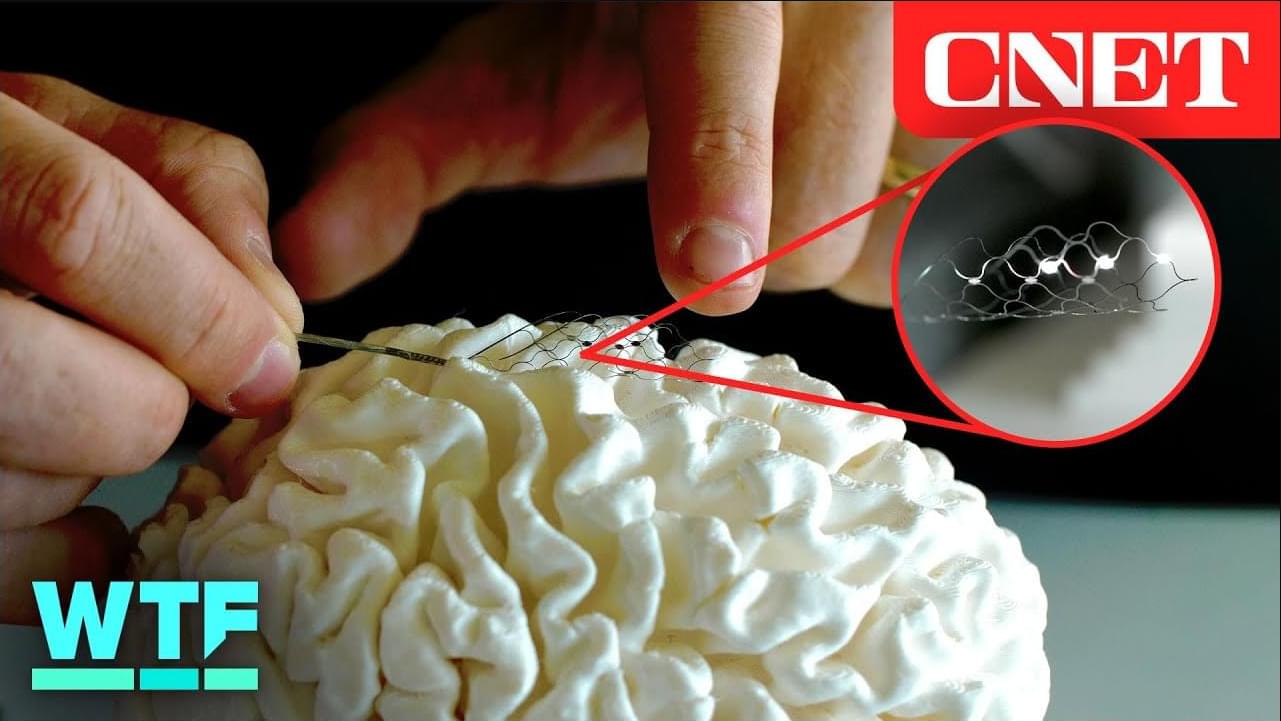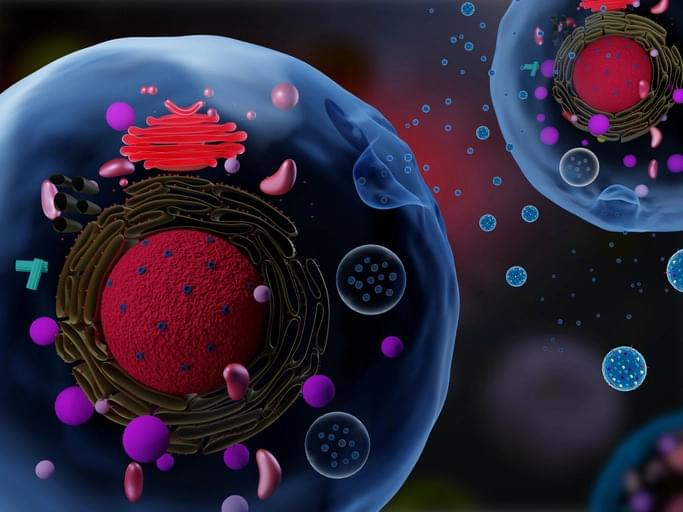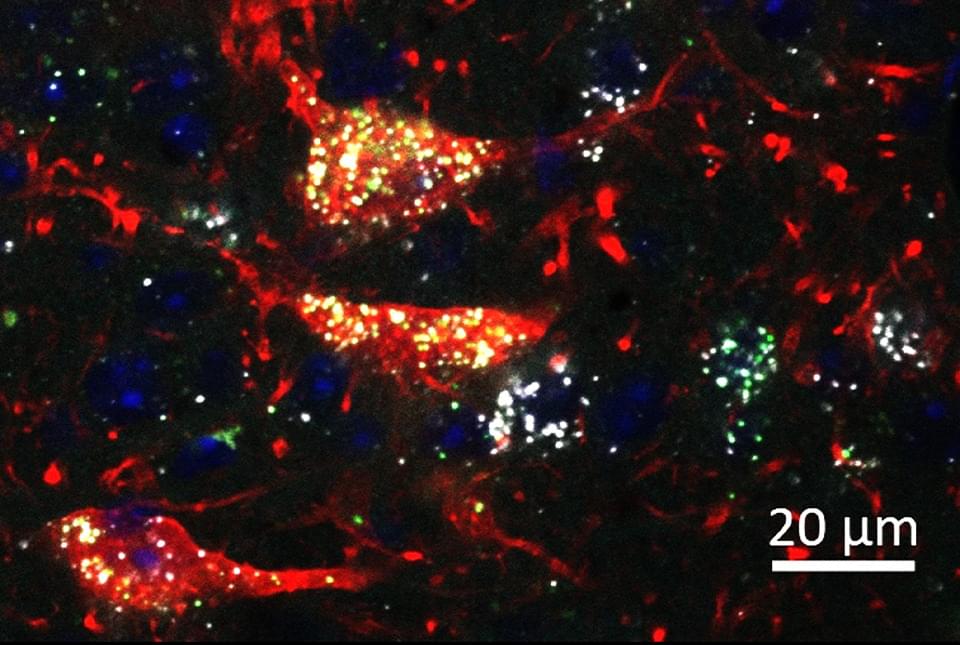Mike has over 15 years of experience in healthcare, including extensive experience designing and developing medical devices. MedCrypt, Inc.
On October 1, 2024, the Food and Drug Administration (FDA) marked a major milestone in medical device cybersecurity enforcement. This marks one year since the retracted Refuse to Accept (RTA) policy and the full implementation of the Protecting and Transforming Cyber Healthcare (PATCH) Act amendment to the Food, Drug & Cosmetic Act (FD&C). The FDA’s new requirements represent a fundamental shift in the regulatory landscape for medical device manufacturers (MDMs), as cybersecurity is now a non-negotiable element of device development and compliance.
The timing is not coincidental. In 2023, the FDA issued its final guidance entitled “Cybersecurity in Medical Devices: Quality System Considerations and Content of Premarket Submissions.” This outlined the detailed cybersecurity requirements and considerations that MDMs must address in their submissions, highlighting the security measures in place to gain regulatory approval. With these requirements, the FDA is taking a hard stance: Cybersecurity is a core consideration, with compliance being systematically enforced.








